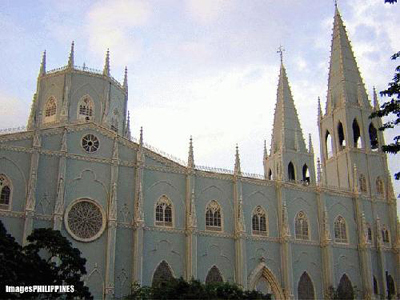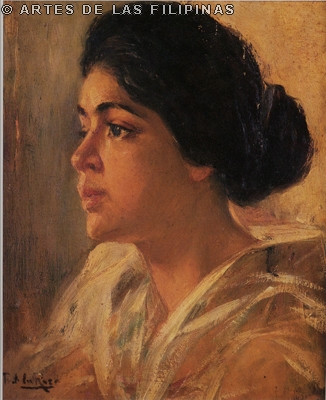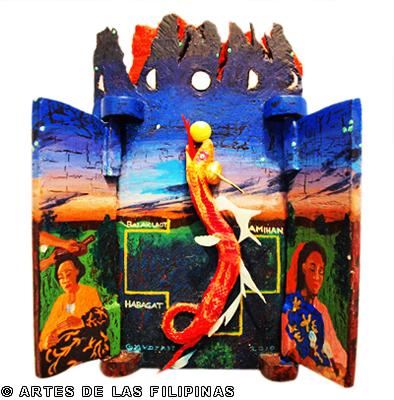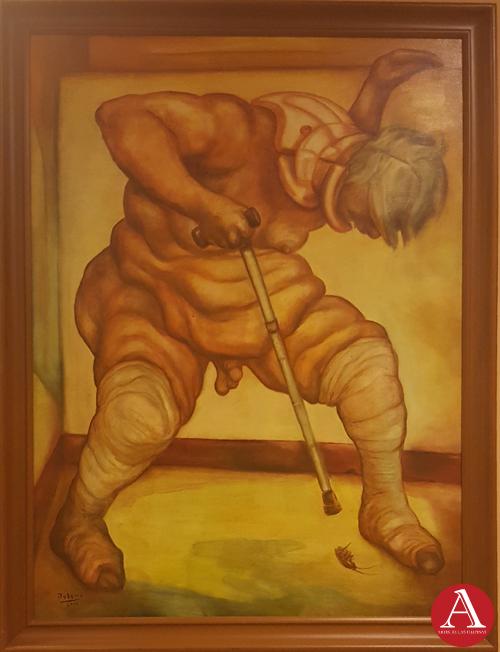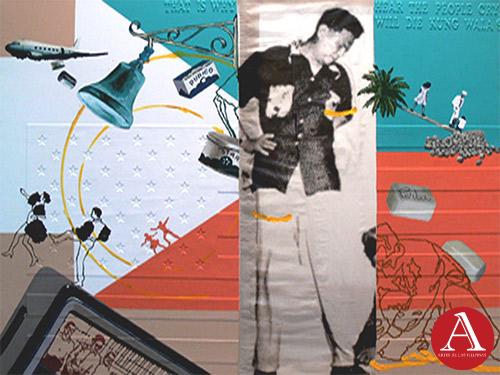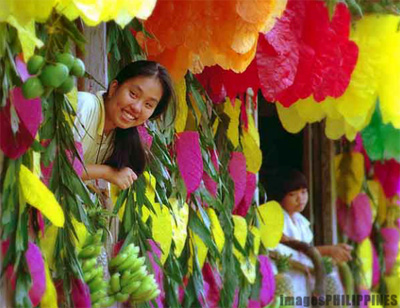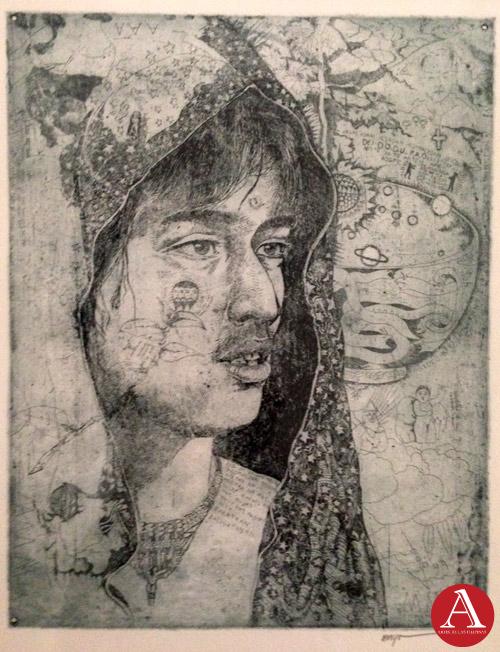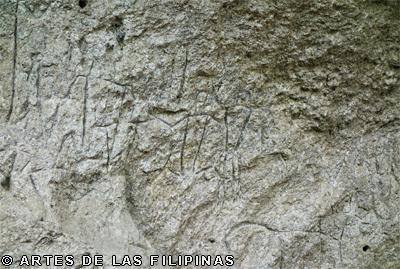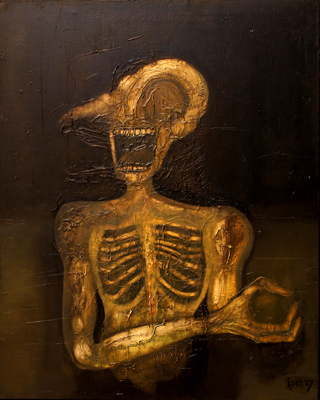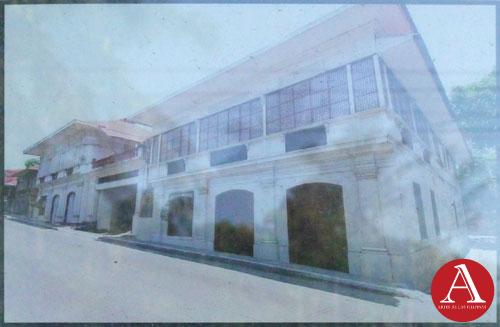
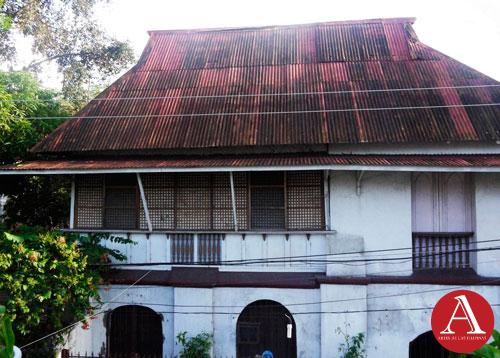
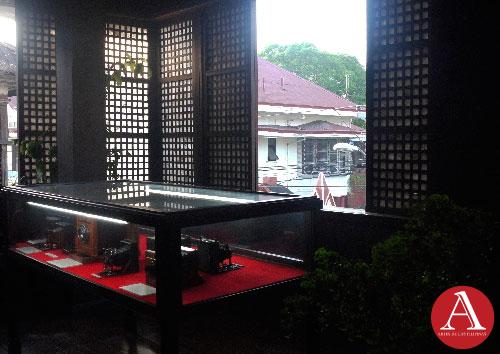
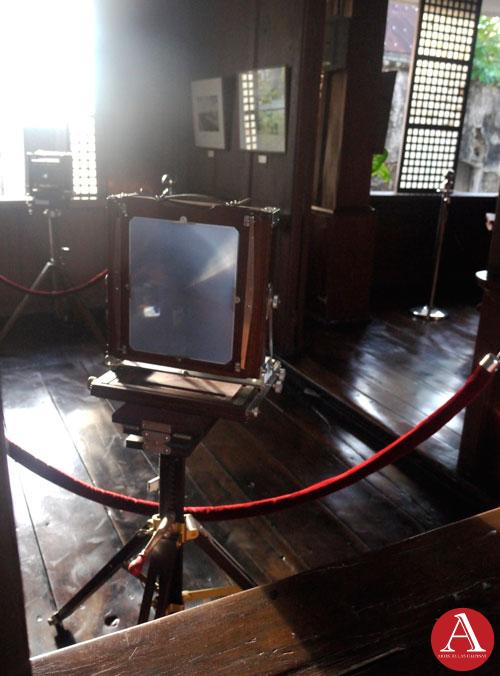
Galleria Taal’s Select Photo Exhibition
by The Artes de las Filipinas Research Team
December 2016–This ancestral house was built circa 1870 by Domingo Ilagan and Maria Martinez (who died both in 1903). They had six children: Aniceto Ilagan, Rosario I, Villanueva, Candida I. Barrion, Conception I. Sison, Julita Ilagan and Juan Ilagan. The Ilagan house was actually an ancestral house but Candida paid off her siblings to gain sole ownership. Candida who married Antonio Barrion, a lawyer and delegate to the 1935 Constitutional Convention representing the 3rd district of Batangas, had three daughters: Nellie B. Inumerable, Corazon B. Rodriguez and Charito B. Ahorro. They moved to this house on 1944 after their conjugal home in Batangas City was burned down during the Japanese occupation. Candida lived in this beautiful house and was their home until she passed away in 1975. The house had been neglected for several years after her death. In 2004, Manny and Bobby Inumerable, children of Nellie, restored the present house.
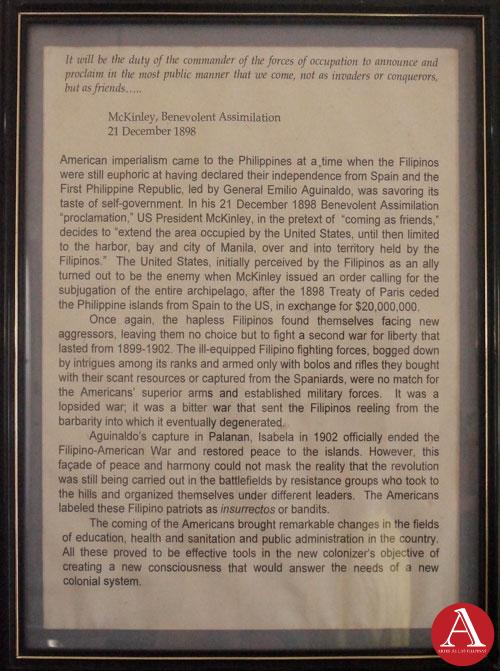
It will be the duty of the commander of the forces of occupation to announce and proclaim in the most public manner that we come, not as invaders or conquerors, but as friends…
McKinley, Benevolent Assimilation
21 December 1898
American imperialism came to the Philippines at the time when the Filipinos were still eutrophic at having declared their independence from Spain and the First Philippine Republic, led by General Emilio Aguinaldo, was savoring its taste of self-government. In his 21 December 1898 Benevolent Assimilation “Proclamation,” US President McKinley, in the pretext of “coming as friends” decides to extend the area occupied by the United States, until then limited to the harbor, bay and city of Manila, over and into territory held by the Filipinos. The United States initially perceived by the Filipinos as an ally turned out to be the enemy when McKinley issued an order calling for the subjugation of the entire archipelago, after the 1898 Treaty od Paris ceded the Philippines Islands from the Spain to the US, in exchange of $20,000,000.00.
Once again the hapless Filipinos found themselves facing new aggressors, leaving them no choice but to fight a second war for liberty that lasted from 1899-1902. The ill-equipped Filipinos fighting forces, bogged down by intrigues among its ranks and armed only with bolos and rifles they bought with their scant resources or captures from Spaniards were no match for the Americans’ superior arms and established military forces. It was loped sided war that sent the Filipinos reeling from the barbarity into which eventually degenerated.
Aguinaldo’s capture in Palanan, Isabela in 1902 officially ended the Filipino American War restored peace to the islands. However this façade and harmony could not mask the reality that the revolution was still being carried out in the battlefield by resistance groups who took the hills and organized themselves under different leaders. The Americans labeled Filipinos patriots as insurrectors or bandits.
The coming of Americans brought remarkable changes in the field of education, health and sanitation and public administration of the country. All these proved to be effective tools in the new colonizers objective of creating a new consciousness that would answer the needs of a new colonial system.
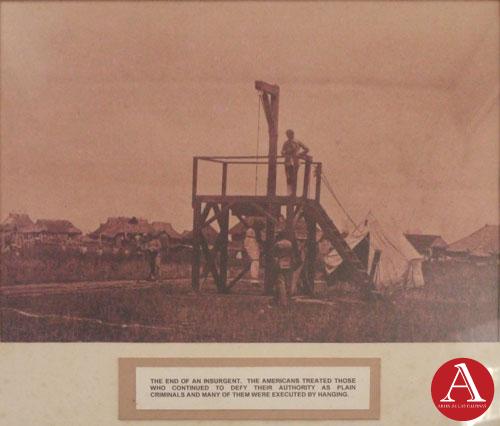
The end of an insurgent, the Americans treated those who continued to defy their authority as plain criminals and many of them were executed by hanging.
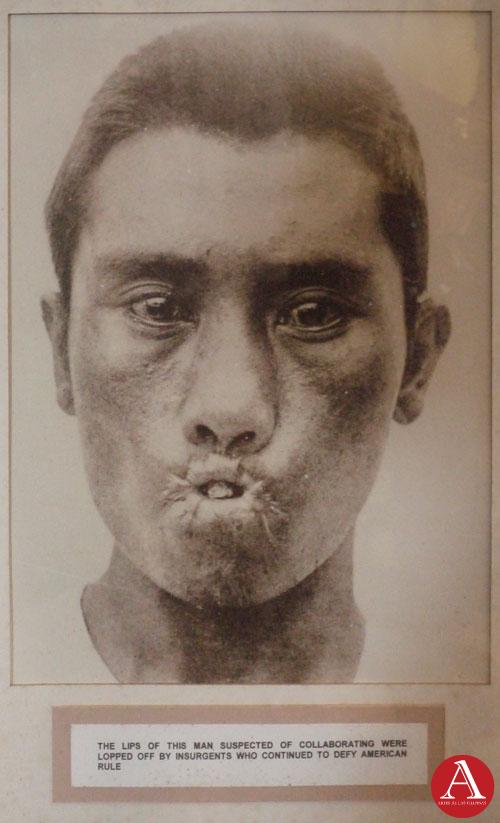
The lips of this man suspected of collaborating were lopped off by insurgents who continues to defy American rule
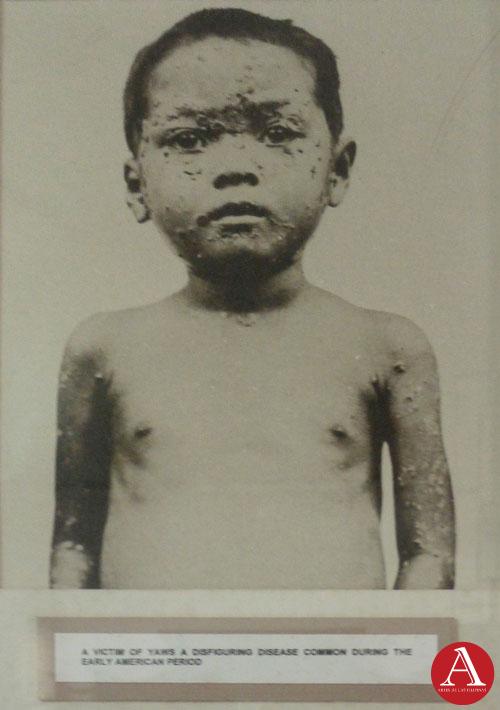
A victim of yaws, a disfiguring disease common during the early American period
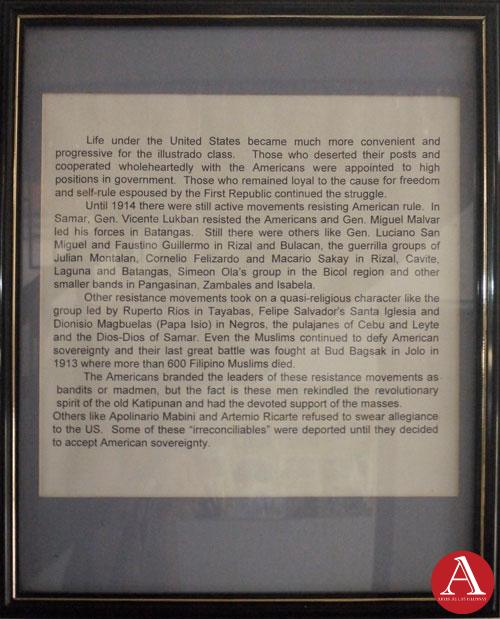
Life under the United States became much more convenient and progressive for the illustrado class. Those who deserted their post and cooperated wholeheartedly with the Americans were appointed to high positions in government. Those who remained loyal to the cause for freedom and self-rule espoused by the First republic continued the struggle.
Until 1914 there were still active movements resisting Americans rule. In Samar, Gen Vicente Lucban resisted the American and Gen. Miguel Malvar lead his forces in Batangas. Still there were others like Gen. Luciano San Miguel and Faustino Guellirmo in Rizal and Bulacan, the guerella groups of Julian Montalan, Cornelio Felizardo and Macario Sakay bin Rizal, Cavite Laguna and Batangas, Simeon Ola’s group in Bicol region and other smaller bands in Pangasinan, Zambales and Isabela.
Other Resistance movements took on a quasi-religious character like the group led by Ruperto Rios in Tayabas, Felipe Salvador’s Santa Iglesia and Dionisio Magbuelas(Papa Isio) in Negros, the pulajanes of Cebu and Leyte and the Dios-Dios of Samar. Even the Muslims continued to defy American sovereignity and their last great battle was fought at Bud Bagsak in Jolo in1913 where more than 600 Filipino Muslims died.
The American branded the leaders of these resistance movements as bandits and madmen, but the fact is these men rekindled the revolutionary spirit of the old Katipunan and had the devoted support of the masses. Others like Apolinario Mabini and Artemio Ricarte refused to answer allegiance to the US, Some of these irreconcilable were deported until they decide to accept American sovereignty.
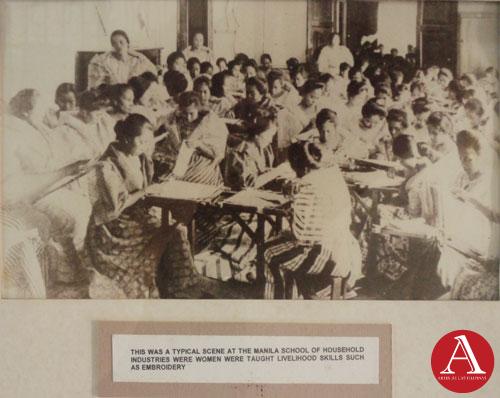
This was a typical scene at the Manila School of Household Industries were women taught livelihood skills such as embroidery
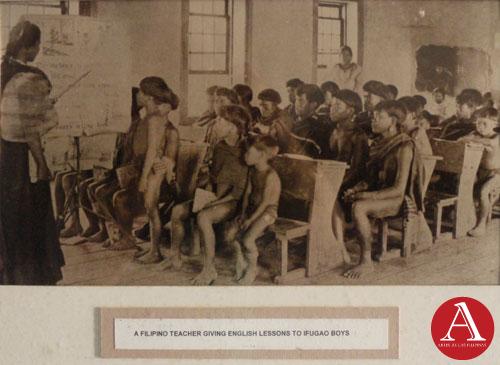
A Filipino teacher giving English lessons to Ifugao boys
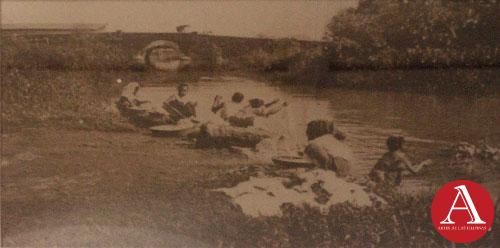
The bridge in San Juan near which the first shot of the Filipino-American War was fired
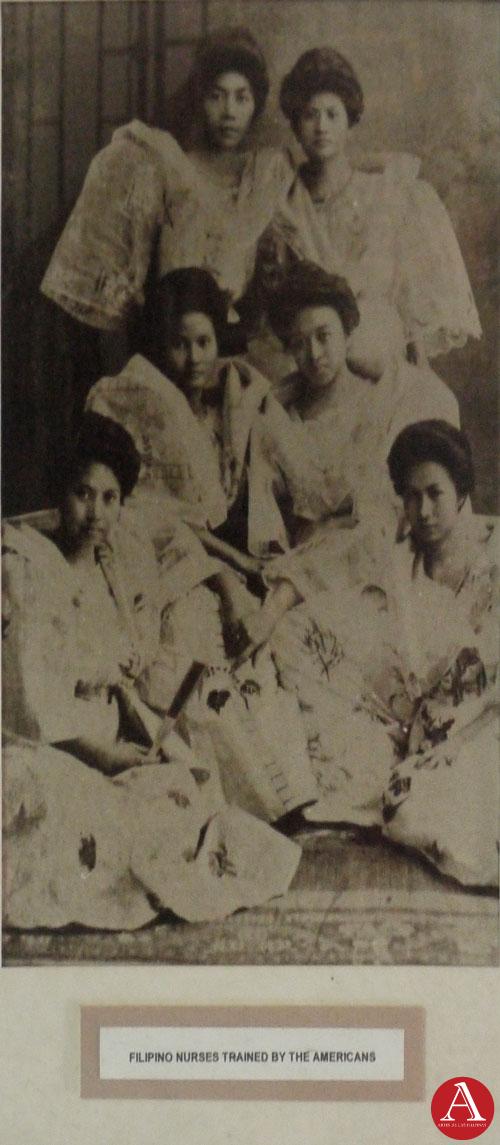
Filipino Nurses trained by the Americans


